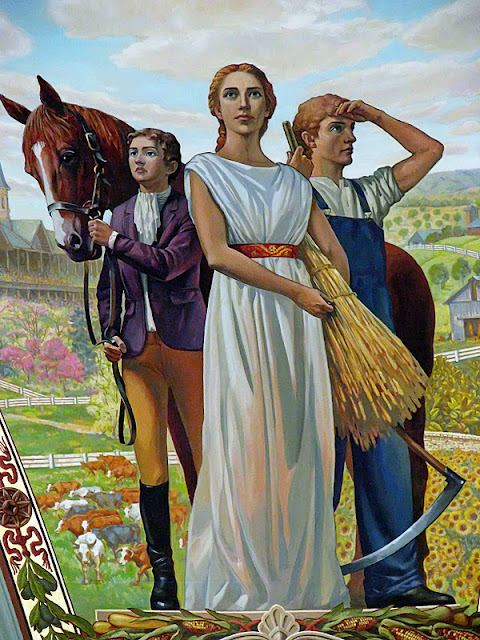On most days I can barely remember what I ate for lunch the
day before let alone something that occurred in the prior month or year. But I can tell you
exactly where I was on September 11, 2001.
Even though ten years have passed, that fateful day remains engrained in
my memory.
It had been one of those burning-the-midnight-oil kinds of
nights and I never made it to bed until the wee hours. Suffice it to say that I didn’t surface until
10ish that morning. I jumped online to
conduct my morning ritual of checking email and received an instant message
from a friend, “Can you believe what is happening in our country right
now?” I turned to the TV and saw the
North Tower collapsing. I remain parked
there for a good portion of the remaining week, not wanting to watch or believe,
yet numb and unable to move. My first
thought was for the safety of friends and family who lived in New York
City. The relief I felt upon hearing of
their wellbeing was replaced with heartbreak and tears for the emerging stories
of others involved.
I had just been to New York City for the Memorial Day holiday. It was our final day in the Big Apple and a gorgeous one at that. Because of the partly-cloudy weather that had enveloped the city all week, we had not been able to enjoy the view from the top of the World Trade Center (No. 195 on my bucket list). Now that the fog was gone and the sun out, we decided to return to the Twin Towers. Upon learning we would have to queue for 1.5 to 2 hours to reach the observatories, we abandoned that idea and returned to Windows on the World for cocktails. The views of the city below our vantage point on the 107th floor were spectacular, but my cousin had just moved to New York. I knew I’d be back at a later date to “officially” accomplish my task. Who knew that three months later the buildings, targeted by terrorist attack, would be gone forever? The words carpe diem have never ringed more true.
I can’t imagine what the days leading up to September 11
must still feel like for anyone who lost someone that day. My experiences and memories pale in
comparison, yet I ache a decade later. There have been a lot of stories in the media
this week and, even though I’d like to forget, it is something that must always
be remembered. But I knew I didn’t want
to do it in front of the TV again and I knew I didn’t want to do it alone.
I headed to our very own Cannonsburg Ski Area, which was one of 16 sites nationwide to host a Healing Field. The sea of 3,200 flags displayed on the hillside honored those who had lost their lives that day at the Twin Towers, the Pentagon and in a field near Shanksville, Pennsylvania.
Each represented
a September 11 victim and was tagged with their name and story. I wanted to read them all.
Again I was reminded of just how fragile life can be and how it can be snatched from any of us without a moment’s notice.
I didn’t interact with the crowd—it wasn’t necessary—yet I was comforted to be amongst those who were there for the same reason. As we moved through the memorial we also moved forward in our lives, continuing to heal and seizing the day in remembrance and honor of those who have gone before us.
I didn’t interact with the crowd—it wasn’t necessary—yet I was comforted to be amongst those who were there for the same reason. As we moved through the memorial we also moved forward in our lives, continuing to heal and seizing the day in remembrance and honor of those who have gone before us.































































